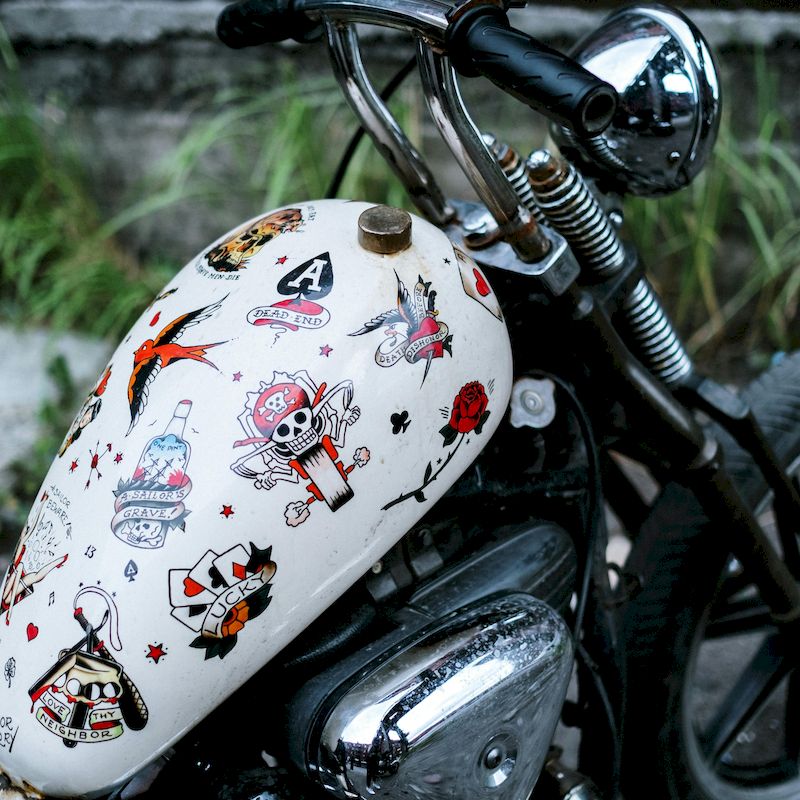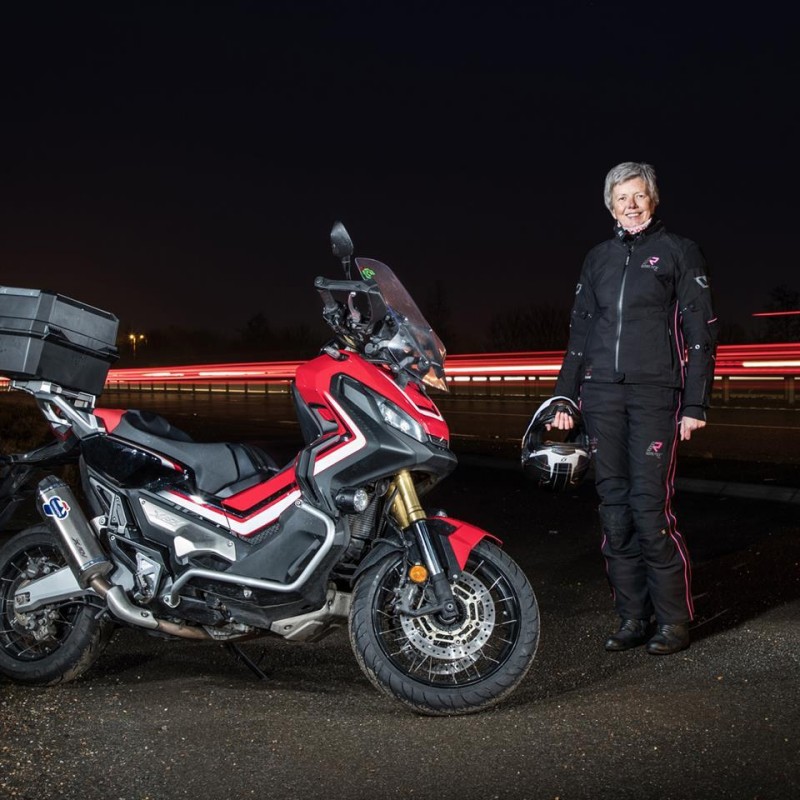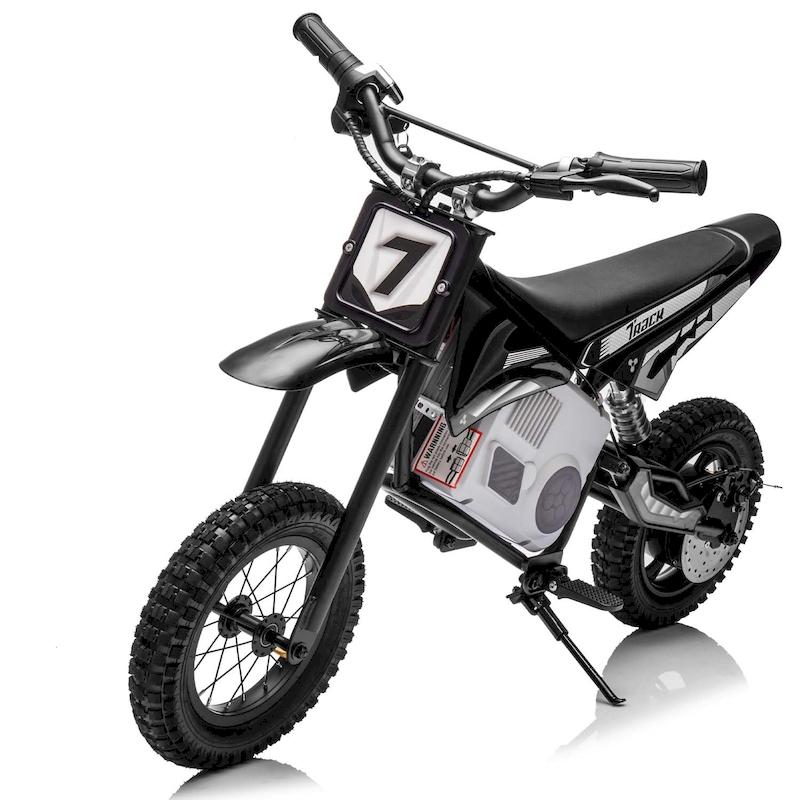When it comes to motorcycle riding, safety should always be the top priority. While there are numerous thrills and joys associated with riding a motorcycle, the risks present on the road can be significant. Accidents can happen suddenly, and the consequences of a fall or collision can be severe. This is where the importance of motorcycle safety gear comes into play. Wearing appropriate gear can significantly reduce the risk of injury during a mishap while also enhancing your riding experience. From helmets and jackets to gloves and boots, understanding and selecting the proper motorcycle safety gear is essential for every rider, regardless of experience level. In this comprehensive article, we will explore the various types of motorcycle safety gear, their importance, how to choose the right gear for your needs, and tips for maintaining your safety equipment. By following this guide, you can enjoy the freedom of riding without sacrificing your safety.
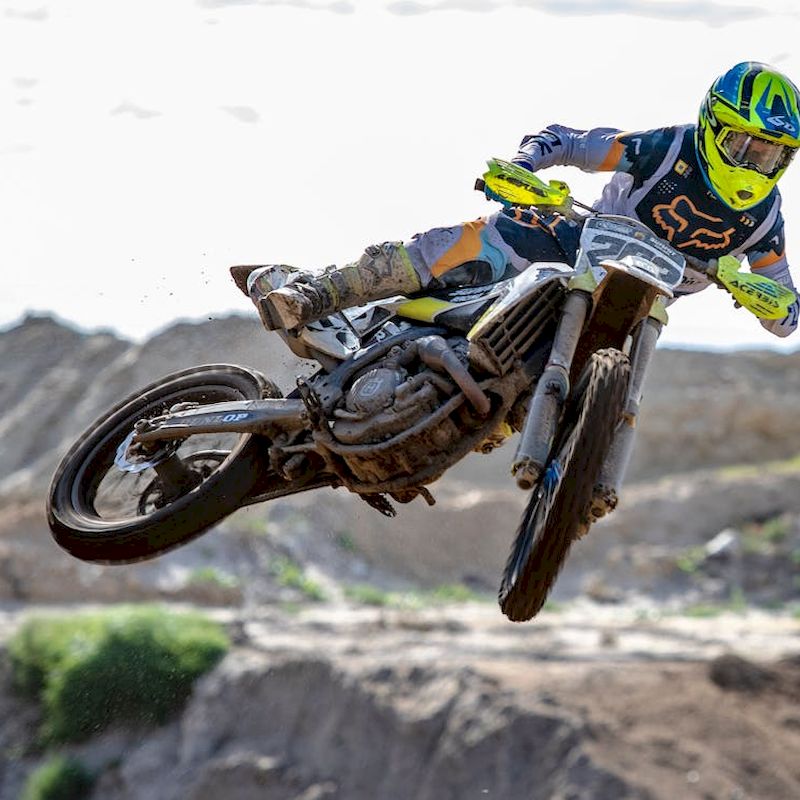
Understanding the Importance of Motorcycle Safety Gear
The first step in promoting safety while riding is understanding why motorcycle safety gear is essential.
Protection from Impact
Motorcyclists are at a much higher risk of injury in the event of an accident compared to drivers of enclosed vehicles. This is primarily due to the lack of surrounding protection. Motorcycle safety gear serves as a barrier between the rider and the road, helping to absorb impact forces and minimize injuries.
- Helmets: A helmet is the most crucial piece of safety gear, protecting the rider’s head from impacts that can result in traumatic brain injuries. According to statistics, wearing a DOT-approved helmet can reduce the risk of head injury by 69%.
- Body Armor: Jackets and padded gear often contain built-in armor that protects critical areas such as shoulders, elbows, and back. During a fall, this armor absorbs impact and distributes force, significantly reducing injuries.
Weather Protection
In addition to protecting against impacts, motorcycle safety gear provides essential protection from the elements.
- Weatherproof Gear: Waterproof jackets, pants, and gloves can keep you dry during rain, reducing the risk of hypothermia or discomfort. Fabrics designed for thermal insulation can also protect against cold temperatures, ensuring you remain warm during rides.
- Sun Protection: Prolonged exposure to sunlight can lead to sunburn and heatstroke. Proper gear with UV protection shields the skin while increasing comfort during hot rides.
Enhanced Visibility
Visibility plays a critical role in riding safety. Certain pieces of motorcycle safety gear are designed to improve visibility on the road.
- Reflective Gear: Wearing reflective vests, jackets, or accessories increases visibility during twilight hours or nighttime riding. This helps other drivers see you more clearly, particularly in low-light conditions.
- High-Visibility Colors: Gear available in bright colors, such as neon yellow or orange, can draw attention to the rider. This ensures a better chance of being noticed by other motorists, reducing the risk of accidents.
Comfort and Control
Comfort directly impacts a rider’s ability to control their motorcycle. Proper safety gear is designed not just for protection but also for optimizing comfort during rides.
- Fit and Flexibility: Well-designed gear allows for ease of movement and flexibility, enabling riders to maintain control over their motorcycles without feeling restricted.
- Moisture Wicking: High-quality fabrics wick away sweat and moisture, preventing discomfort during longer rides and maintaining overall temperature regulation.
Key Types of Motorcycle Safety Gear
Now that you understand the importance of motorcycle safety gear, let’s explore the various key types of gear that can enhance rider safety.
Helmets
Helmets are the cornerstone of motorcycle safety gear. They come in several styles designed for specific riding preferences and safety considerations.
- Full-Face Helmets: These helmets provide maximum protection by covering the entire head, including the face. They feature a chin bar and face shield, effectively shielding riders against debris and weather.
- Half Helmets: While half helmets offer less coverage, they can provide ventilation on hot days. However, they expose the face and may not provide sufficient protection in severe accidents.
- Modular Helmets: These helmets combine features of both full-face and open-face helmets, allowing riders to switch between configurations. They often come with a flip-up visor for convenience.
Protective Jackets
A good motorcycle jacket is essential for reducing injuries during falls.
- Materials: Jackets come in various materials, such as leather and textile. Leather is durable and offers excellent abrasion resistance, while textile jackets can provide features like waterproofing and breathability.
- Armor and Padding: Most motorcycle jackets include reinforced padding and armor in critical areas to absorb impacts. Look for jackets with CE-rated armor for the best protection.
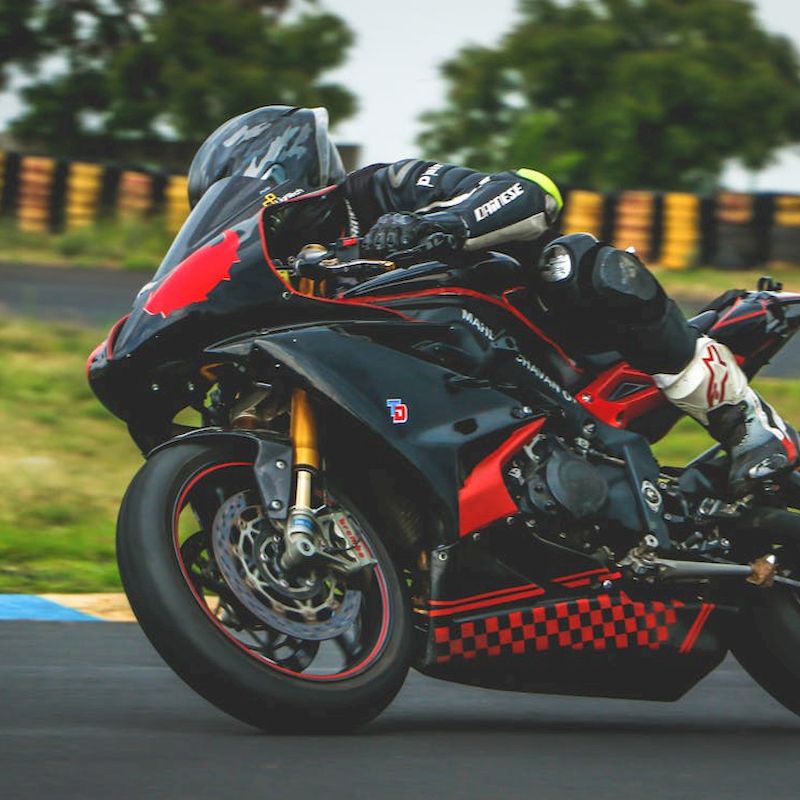
Gloves
Gloves ensure better grip and control while riding, and they provide essential protection for the hands.
- Material Options: Leather gloves offer good abrasion resistance, while textile gloves often come with additional waterproof or insulated features for comfort.
- Armor Features: Certain gloves include knuckle protection and palm padding that enhance safety without compromising dexterity.
Pants
To ensure protection, wearing suitable motorcycle pants is crucial.
- Types of Pants: Options include riding jeans with reinforced stitching and armor, textile pants with built-in protection, and leather riding pants for maximum abrasion resistance.
- Comfort and Fit: Look for pants designed specifically for riding, ensuring they accommodate your riding position while being comfortable enough for everyday wear.
Boots
The right motorcycle boots are essential for protecting the feet and ankles.
- Material: Leather is a popular choice for motorcycle boots due to its durability and abrasion resistance. Certain synthetic materials offer waterproofing and breathability as well.
- Support: Choose boots that provide ankle support, adequate grip, and reinforced toe caps. Many models also feature shift pads to protect against wear from shifting gears.
Visibility Gear
Visibility is crucial for safety on the road.
- Reflective Vests: These can be worn over jackets to improve visibility during low-light conditions. They are lightweight and often adjustable.
- LED Accessories: Consider using LED lights on your motorcycle or gear for added visibility, especially during night rides.
How to Choose the Right Motorcycle Safety Gear
Selecting the right motorcycle safety gear requires careful consideration of various factors. Here are some essential tips to keep in mind:
Understand Your Riding Style
Different riding styles necessitate different gear.
- Commuting: If you use your motorcycle for daily commuting, opt for waterproof gear suitable for weather changes and urban environments.
- Touring: For longer rides, prioritize comfort, adjustability, and adequate protection throughout the journey.
- Sport Riding: If you ride aggressively or on the track, choose performance-oriented gear with substantial protection features, including aerodynamic designs and more robust armor.
Fit and Comfort
Proper fit is crucial for both safety and comfort.
- Try Before You Buy: Always try on gear before purchasing to ensure it fits comfortably while allowing freedom of movement.
- Consider Layers: Take into account layers underneath your gear, particularly for colder weather. Your gear should still fit well with additional layers.
Quality and Certification
Investing in high-quality gear pays off in the long run.
- Check Certifications: Look for gear that meets safety standards, such as those certified by the Department of Transportation (DOT) for helmets and CE ratings for armor.
- Brand Reputation: Consider reputable manufacturers known for producing reliable motorcycle safety gear. Reading reviews can provide insights into the durability of the gear.
Budget Considerations
While safety is paramount, budget considerations are also essential.
- Create a Budget: Prices for motorcycle safety gear can range widely. Establishing a budget helps navigate options without compromising safety.
- Look for Deals: Don’t hesitate to look for sales, discounts, or second-hand options for high-quality gear. Some retailers offer clearance sales for last season’s stock.
Maintenance
Understanding how to care for your gear will improve its longevity.
- Regular Cleaning: Keep your gear clean to maintain effectiveness. Check care instructions for specific materials.
- Inspect for Damage: Regularly inspect your gear for wear, especially after long rides, and replace any damaged components promptly.
Tips for Maintaining Your Motorcycle Safety Gear
To optimize the performance and lifespan of your motorcycle safety gear, regular maintenance is essential. Here are helpful tips:
Helmets
- Cleaning: Use a microfiber cloth and mild soap to clean the exterior and visor. Avoid rough materials that could scratch the surface.
- Storage: Store helmets away from direct sunlight and extreme temperatures, which can degrade materials over time.
- Replacement: Replace your helmet every five years or after any significant impact to ensure optimal protection.
Jackets and Pants
- Washing Instructions: Follow the care label for washing. Most protective gear can be hand-washed or machine-washed on a gentle cycle.
- Waterproofing Treatments: After repeated washing, consider reapplying waterproofing treatments to textile gear for ongoing weather protection.
- Repairs: If damaged, assess if it can be repaired. Many brands offer repair services or advice on patching up minor wear.
Gloves and Boots
- Conditioning: For leather gloves and boots, apply leather conditioner to prevent drying and cracking.
- Clean Regularly: Maintain cleanliness to avoid build-up of dirt and sweat. Hand wash with mild soap and air dry.
- Inspect for Wear: Regularly check for signs of wear or damage. Replace as necessary to maintain protection and performance.
Accessories That Enhance Your Motorcycle Safety
In addition to traditional motorcycle safety gear, certain accessories can further enhance safety and comfort while riding.
Visibility Accessories
- Reflective Tape: Applying reflective tape to your bike increases visibility to other drivers, particularly at night.
- High-Visibility Gear: Consider wearing bright colors or reflective gear to ensure maximum visibility on the road.
Communication Devices
- Bluetooth Headsets: These enable communication between riders while on the road and allow for navigation updates without distractions.
- Intercom Systems: If riding in groups, intercom systems can enhance safety by facilitating communication between multiple riders.
Protective Bags and Straps
- Tail Bags: Keep essentials secure using tail bags that are weatherproof to ensure items don’t shift while riding.
- Tank Bags: Lightweight tank bags ensure easy access to necessary items while providing additional visibility.
Cargo Gear
- Backpacks: Opt for specially designed backpacks with straps that remain secure while riding. Look for padded back support for added comfort.
- Saddlebags: Dedicated saddlebags are excellent choices for storing additional items securely on longer rides.
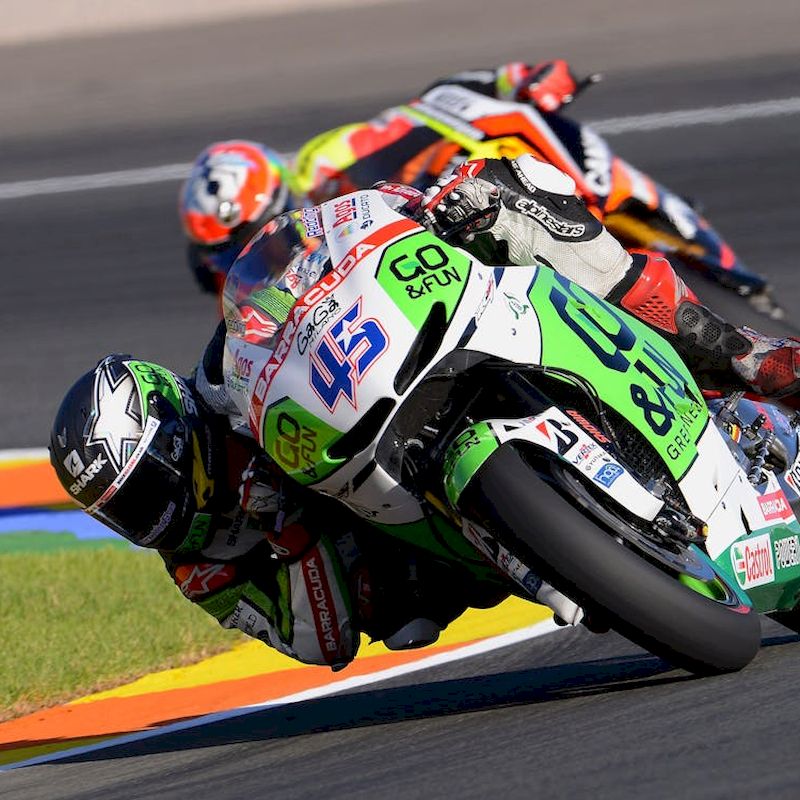
Conclusion
Understanding motorcycle safety gear is vital for every rider seeking to enjoy the freedom of the open road while maintaining safety and comfort. By recognizing “what is the best motorcycle safety gear,” you can equip yourself appropriately, ensuring a secure riding experience.
The vast range of gear—from helmets and jackets to gloves and boots—offers critical protection against the inherent risks of motorcycling. By investing in quality gear and maintaining it effectively, riders can significantly enhance their safety while enjoying a fulfilling riding lifestyle.
Additionally, remember that staying visible, using accessories, and adhering to proper maintenance routines will further contribute to a safer riding experience. As trends evolve and technology advances, staying informed about the latest developments in motorcycle safety gear will further empower you to embrace the joy of riding with confidence.
By prioritizing safety gear and remaining vigilant on the road, you contribute not only to your safety but also to the overall enjoyment of the motorcycling community. Enjoy the ride, and stay safe!
